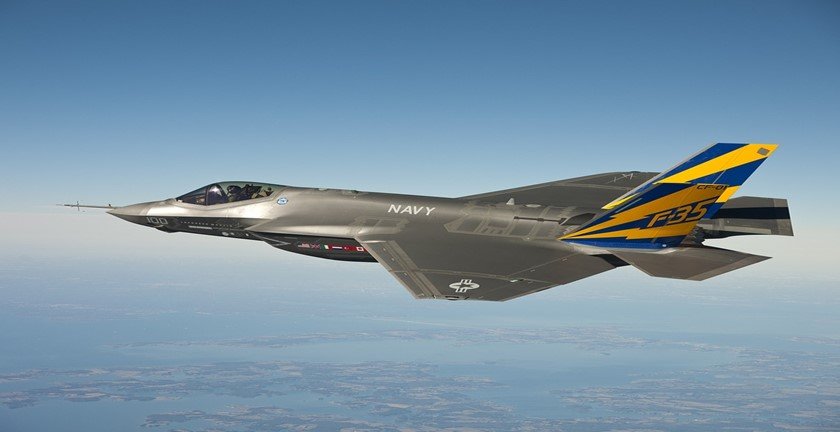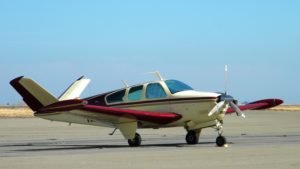F-35 is a technologically advanced military fight jet designed to accommodate technological changes. The warplane is one of the most expensive and powerful planes using stealthy technology to allow pilots to operate it in a different manner.
This article highlights the pros and cons of relying on F-35 fighter jets on a war mission.
Pros:
1. Automated modes: There are so many automated modes in f-35, and you don’t have to do a lot of ‘stick and rudder’ tasks. You will have enough time to focus on the mission.
2. Command and control platform: Each F-35 plane has its own command and control platform allowing pilots to customize the plane according to their liking.
3. Screen adjustment: The pilots can easily divide the screen how they want and access different systems simultaneously. They can also change the display at any time.
4. Maneuverability: F-35 jets have a high angle of attack and can perform alpha maneuvers, making them more effective and efficient.
5. Easy maintenance: F-35 jets are easy to maintain, change some parts or make adjustments. The computers installed catch problems the human eye can see.
6. Air pressure weapons: Compared to other weapons loaded in the jets, F-35 makes it easy to load and maintain all the weapons installed in the jet. F-35 weapons fire projectiles using air pressure instead of using explosives. You don’t have to spend any time cleaning the weapons banks every day since they use air pressure.
7. More powerful: F-35 has advanced avionics and sensors with high computing power to be able to control a battlefield.
8. Upgrades in the future: The F-35 is future-proof and built on a technology that is expected to evolve as time goes on and technology advances. The jet is designed to implement new technologies through upgrades.
9. Multi-role fighter: The f-35 fighter jet can be loaded internally for stealthy tactical strikes or load all the stations to the brim with ordnance. This makes the jet more flexible.
10. Low maintenance cost: They’re designed to be the most cost-efficient jets with reduced maintenance costs. They don’t need climate controllers hangars since they can survive on harsh battlefields.
Cons:
1. Weapon delivery accuracy: The software installed for weapon integration has some accuracy issues regarding using radars and passive sensors when estimating the target’s exact location.
2. Multiple delays: The software issues cause some delays in weapon integration. The bugs are being fixed as more f-35 jets are being produced.
3. Expensive: The Jets are still expensive compared to other competitive high-end jet fighters, although the prices are dropping at a lower rate with more f-35 jets being produced
4. Gun limitation: The guns installed in the F-35 military jet can only carry 180-250 rounds.
5. Unreliable engine: F-35 fight jets have large, hot, and heavy engines with various limitations. The designer had to reduce the overload and increase the acceleration time to maneuver the aircraft easily.
6. Require 2.5 kilometers runway: The aircraft needs a minimum of 2.5Km compared to other minimum strip lengths for other aircraft are less than a kilometer.
7. Cost of an hour of flight: F-35 weakness is the cost of an hour of flight which is around $50 000, limiting the pilots enough time to improve on their skills.
8. Climate change effects: When operating in hot countries or warm areas, there is a possibility the engine will not start. The aircraft needs fuel to cool all the electronics.
9. Dependence on internet connection: The F-35 aircraft is displayed on a centralized logistics system and depends on an internet connection to fly.
10. Operational speed: Although the jet is designed as a light bomber for easy maneuverability, it is inferior to its predecessor’s aircraft since it can bypass the F-35 jet with ease.



